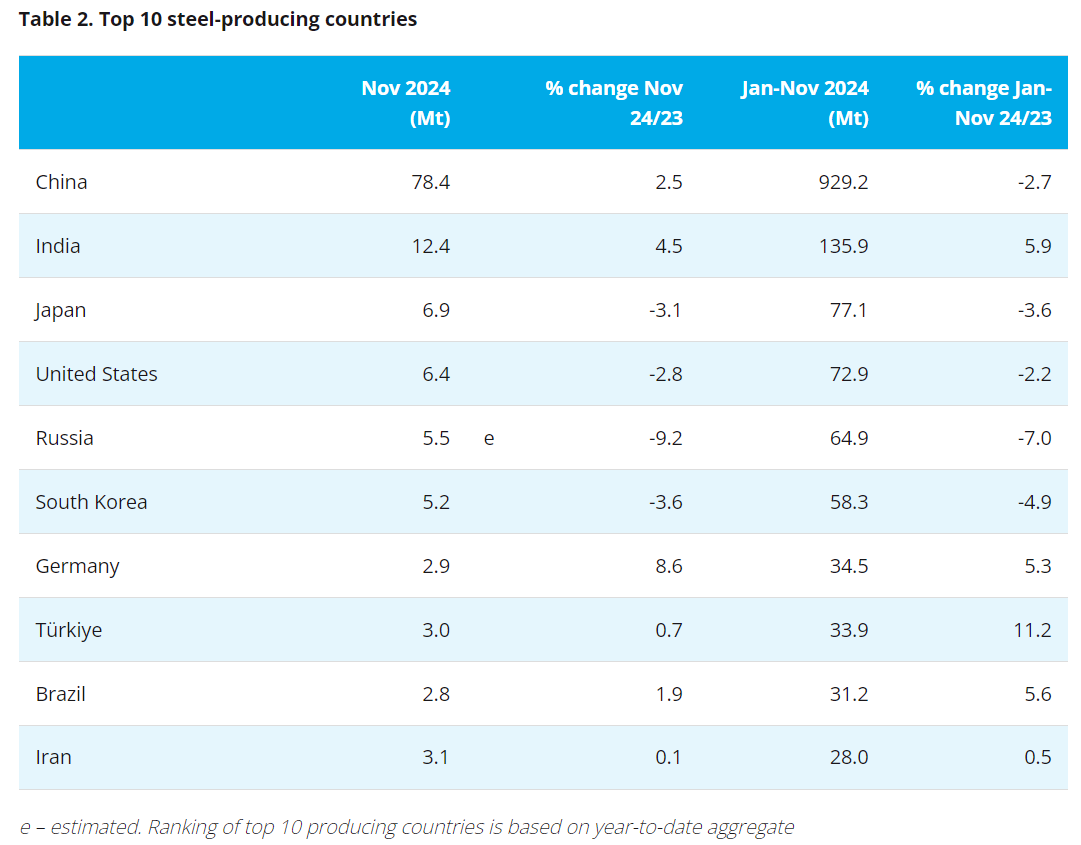[ferro-alloys.com]The U.S.-China trade war that’s ravaged most commodities failed to dent 2018’s best-performing major metal. Many analysts don’t see much standing in the way of further gains in 2019.
Shortages of palladium sent prices of the commodity used in autocatalysts to a record this year, at times surging past gold to become the most precious of major metals. Citigroup Inc. sees no supply relief soon. Users are borrowing the metal to meet their immediate needs, sending the one-month lease rate to an all-time high of 34.5 percent.
“Prices are responding to a clear mismatch between supply and demand,” said Maxwell Gold, director of investment strategy at Aberdeen Standard Investments, which oversees about $736 billion.
Spot palladium surged 18 percent this year through Wednesday, even as trade-war concerns sent the Bloomberg Commodity Index tumbling toward its first annual loss since 2015. Not even signs of a slowdown in China, the world’s largest car market, have disrupted the ascent of the metal that’s used mostly to curb pollution from gasoline-fueled vehicles.
Economic Disconnect
Production of the metal is estimated to trail consumption by 603,000 ounces this year, and deficits will persists through 2020, according to Citigroup.
“The fundamentals of the palladium market are the strongest in nearly two decades,’’ and that has allowed palladium to disconnect from the weak macroeconomic environment that’s dimmed the outlook of other precious and base metals, Citigroup analysts including Aakash Doshi said in a report this month.
That could extend the metal’s record-breaking advance to average $1,300 by the second quarter of 2019, they said. Spot palladium settled at about $1,260 an ounce on Wednesday.
While investors typically pile into exchange-traded funds as prices rally, the ETFs backed by palladium have become the supplier of last resort. Holders have pulled the metal to offer it in the lease market. The cost to borrow the raw material was about 12 times the yield on 10-year Treasuries as of Wednesday. As a result, holdings in such funds tracked by Bloomberg are now at the lowest in almost a decade.
The price of palladium has more then doubled in the past three years, and surged past platinum in September for the first time since 2001.
Palladium is relatively rare. More than 80 percent of it is produced in South Africa and Russia, and it’s a byproduct in nickel and platinum mining. Demand for platinum, which helps reduce smog from diesel vehicles, has slipped as consumers turn away from cars powered by the fuel in the wake of Volkswagen AG’s emissions-cheating scandal.
The widening premium has spurred speculation automakers may switch from palladium in favor of the cheaper platinum, dimming the outlook for further gains in palladium.
“Because palladium was for years significantly less expensive, it ended up being the preferred metal,” Trevor Raymond, director of research at the World Platinum Investment Council, said by email. “It is likely that a large and sustained price premium would cause some automobile manufacturers to switch back to platinum."
That won’t happen with a “flick of a switch” for General Motors Co., Rahul Mital, global technical specialist, diesel aftertreatment at the Detroit-based automaker, said at a conference in October. It could take 18 months to two years, “if we’re going to switch,” he said.
“Palladium fundamentals still look very robust,” Suki Cooper, an analyst at Standard Chartered Bank in New York, said in an interview. “Even if you see a slowing in autocatalytic demand, even if you see some substitution going away to platinum, we don’t think there’s going to be enough to swing the market into balance or even surplus.”
(Mining.com)
- [Editor:王可]



 Save
Save Print
Print Daily News
Daily News Research
Research Magazine
Magazine Company Database
Company Database Customized Database
Customized Database Conferences
Conferences Advertisement
Advertisement Trade
Trade














 Online inquiry
Online inquiry Contact
Contact

Tell Us What You Think